Friday Night Unplugged #19.1: Runewars
- Updated: 12th Apr, 2013
Welcome to another two-part special. Last time we had a two-parter on Friday Night Unplugged we were looking at Eclipse, an awesome 4X space game that was so big we almost didn’t know what to say about it. This week we’re looking at another huge game; Runewars.
Runewars is essentially a military strategy game that sees players fighting over a seven year period for control of the lands of Terrinoth and the mystical Dragon Runes within it.
This week I’ll be running you through how it works and giving you mine and the playgroup’s opinion of the game itself. Next week we’ll be guiding you through a massive year-by-year play report so you can read about Runewars in action.
The Not So Basics:
There are four armies in the realms of the Terrinoth that players can use in their quest for glory: the murderous Undead, the chaotic Beastmen, namby-pamby Elves and the Human forces. Each army has a commander name. Most people I’ve shown them to can barely pronounce it but we’ll come back to that later.
Let’s jump into the set-up as that’s a pretty key point of the game and I want to show you just how bloody long this takes to set up.
- Each player picks an army. They get a land hex-tile representing their home, a large sheet with their resource dials, a bag of minis for their army and a stack of order cards used to command their troops during turns.
- Each player then draws two quest cards from a stack of starting quests. Each quest has a tile number on the bottom right and players are given the matching tiles for their cards. Non-drawn tiles are left in the box.
- Starting with whoever has the pointiest ears, each player takes it in turns to build the map by placing a land tile one by one. There are a few rules on placement but all-in-all this step is easy.
- After this the first player gets to place 3 markers around the boards, signifying home slots.
- Starting yet again with the first player everyone gets to swap one home marker with their actual home tiles.
- Each player then places starting troops as listed by their base resources on to their home tiles along with a stronghold.
- Neutral units are added to the board as listed on each tile.
- Each player then draws a hero from the hero deck that matches their alignment and places the hero figure on their home tile and the card with their play area.
- Any cards in the quest deck relating to tiles not on the board are removed, shuffled and what’s left placed on the table.
- Each player gets one alignment-based card providing an alternate way to get dragon runes, initiative tokens equal to the amount on their player card and tactics cards which can be used in battle or for movement.
- Each player then places face-down one dragon rune token and one empty dragon rune token into separate regions on the board, without revealing them to other players.
- Lastly season, fate and reward cards are shuffled and placed near the board with a mountain of various tokens alongside it.
That’s just the setup and it’s one of the major dragging points of the game but it’s also important. When placing the tiles, you need to consider where your quests are. Don’t clump them together as you may find yourself starting on the opposite side of the board. Don’t spread them too far apart, else you’ll never reach them with ease.
In terms of actual play, Runewars is quite simple. There are four seasons within the game and each year is made up of a full cycle of seasons. The aim of the game is to control six dragon runes for an instant win or control the most dragon runes at the end of the seventh year. Dragon runes are fairly easy to control; heroes can earn them through reward items, certain season cards allow you to win them and there are a bunch on the board to begin with.
Turns go as follows:
- The current season card is drawn from the top of its deck and the effect on the card is activated. Usually these are bids where players spend influence to get certain bonuses like an extra hero etc.
- Each season has a generic action it performs. Spring returns tokens and order cards to your hand, Summer has a quest phase where heroes can perform their quests, Autumn does something unmemorable and Winter allows you to cross sea borders as if they weren’t there.
- Players then get to select one of the order cards in their hand and place it face down. Each side has the same set of orders ranging from claiming new resources from controlled lands, generating new troops, moving units and gaining influence.
- All order cards are flipped and whoever has the highest point value on the revealed card gets to resolve theirs first. As order cards stay on the table until the next spring the player with the highest total between all their played cards gets a supremacy bonus.
- Once everyone has resolved their cards the next season card is drawn and so on.
Key points:
- Controlling a hex. A hex under your control is a space that either A. Has only your coloured units on it or B. Has your units and any allied neutral units you gain.
- Combat and skill checks are made using the Fate deck. These are confusing cards with a variety of symbols on that relate to the shape of the piece’s base. The shape symbols often have other symbols indicating how much damage that piece assigns or if a quest succeeds or fails.
There we have it. Of course that’s not everything but it’s everything you need to know going into next week’s play report. You can take a deep breath and relax now.
What is it:
Runewars is a game for 2-4 players. It’s a miniatures based strategy game that (according to the box) takes 3-4 hours. Mostly that’s been pretty accurate. The first game while you’re learning the rules usually takes longer but that’s to be expected.
The hefty box includes 196 minis split across the four factions, neutral units and heroes, 200+ cards of different varieties and more tokens than you can shake a binbag at. The tiles, cards and tokens are all sturdy thick card that certainly looks capable of multiple games and handling. The minis on the other hand are tiny and with their size comes fragility. Just from being stored in the bags we’ve had a few that have actually broken or have been so bent we needed to reset them. It’s a shame really as, for the most part, they are actually well-sculpted for their size.
What we think:
Where Eclipse was complex, deep and full of variety I’m sad to say that Runewars is not. They do share a few major similarities: they are hex-based, the map is wonderful to look at and everyone loves pushing around miniature soldiers for an hour two. The problem is that there really isn’t much depth to Runewars. It puts all this effort into making it interactive and strategic, with the hordes of orders in your hand, the piles of tactics cards and troops ready to be placed but really, there is only one way to play. The board is big enough that even in a four-player game there is plenty of room for each player to pootle around doing their own thing. Heroes don’t have much of an influence on combat and for the most part can’t actually fight on their own anyway. Most of the years we played went as followed for each player.
- Spring: Move units and fight/gain control over new area
- Summer: Adjust resources to match controlled areas. Quest your heroes, get reward.
- Autumn: Gain influence based on resources.
- Winter: Gain new units based on resources.
Rinse and repeat. As with the Eclipse human races, the main point of contention is that you don’t feel any different controlling the various races. Controlling the Undead follows the same path as the Elves and none of the tactics or abilities change other than some minor combat details. It’s this lack of option that almost pushes Runewars into a slog.
As with most strategy games I like Runewars. Troop management and tactical thinking is one of my favourite parts of gaming and goes way back to my love Warhammer in my teens. For that same reason I want to love it. Thankfully for me the Banners of War expansion introduces options to have commander heroes lead your armies, unique unit types and abilities and reduces the variance provided by the fate deck to allow for a much more controlled game time. Unfortunately Fi and Josh who, as you know from our Smallworld review, don’t like risk or tactical control games really didn’t enjoy playing Runewars.
For all its flaws Runewars holds a ton of potential. The artwork is gorgeous, the miniatures are well detailed if a little delicate and for once, the rulebook is actually readable. The player cards are well designed with actual dials instead of tokens and once you get your head around the fate cards they are really easy to use. Teaching Runewars to new players isn’t the simplest of tasks but after a few rounds everyone settles in.
Next Week:
That’s all from me for this week. Join me and Fi next week as we take on a two-player battle for control and bring you a full play report of Runewars alongside our final take on the game. See you then.

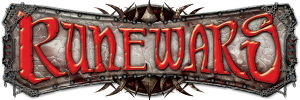
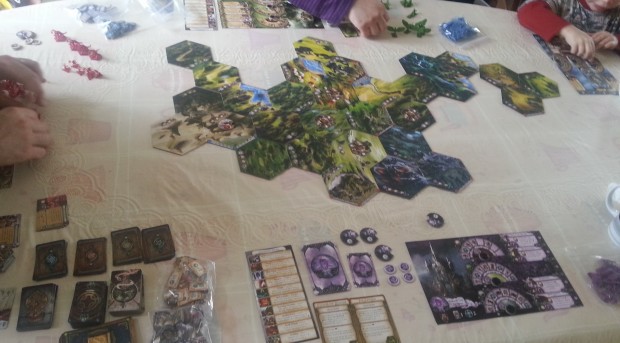
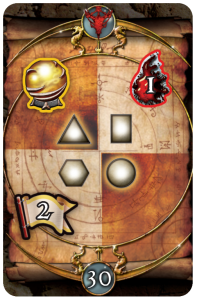
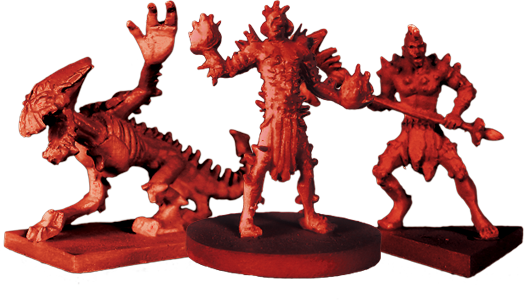
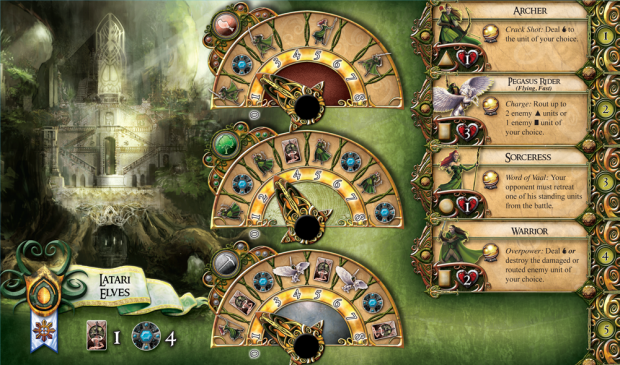
Follow Us!